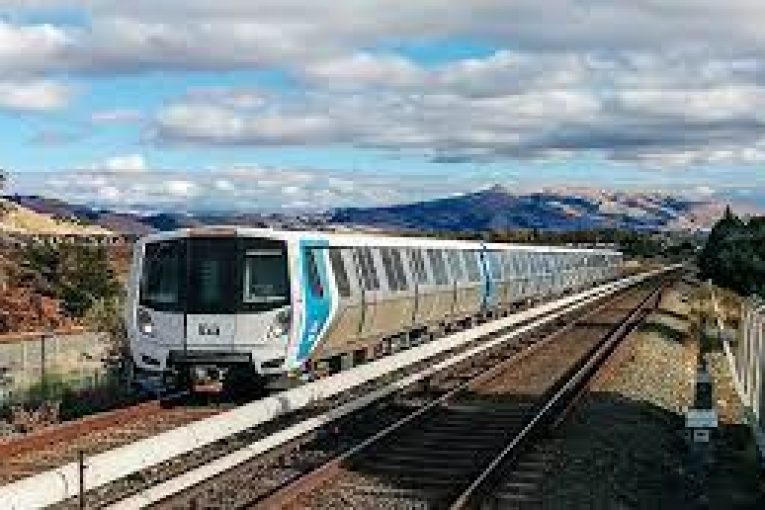

![]()
BY HUEY COLLETTE | STAFF WRITER
MAR. 3, 2023
Bay Area— Beginning March 20th, the Bay Area Rapid Transit system, BART, will be more than doubling its deployment of police officers on foot patrols. The move to increase police presence is spurred by the agency’s diminished popularity, still felt due to the 2020 pandemic.
Formerly, BART’s system of policing had 10 officers assigned at a time for their foot patrol, divided among various shifts. The agency plans to increase the number of officers to 18, with an emphasis on thoroughly surveilling train stations and cars for individuals who might hinder public safety and trust.
“Some people don’t like change. But the majority overwhelmingly will support it and try to make it succeed,” said Shane Reiss, president of the agency’s police union, “We are going to saturate every train and hit every train in Oakland and San Francisco.”
In addition to increasing police presence, BART’s K-9 unit will also be deployed to patrol train cars.
This increased level of policing by a public transit system shows a lack of financial stability within a municipal resource. As well as being an environmentally conscious alternative to driving, the system is typically relied upon by work commuters and college students.
This “radically new deployment plan,” as described by BART board president Janice Li, is a direct response to depleting pandemic emergency funding.
While in the midst of a recovering economy, on June 10, 2021, the agency stated, “Though BART reduced its operating spending in the current fiscal year by approximately $100 million compared to budget, the FY22 budget continues to heavily rely on emergency federal support, including $328 million in CARES Act and $57 million in Coronavirus Response and Relief Supplemental Appropriations Act funding.” And with no more foreseeable federal support, this current financial crisis has led the agency to rely on an increased police presence in an effort to win back public ridership.
Most of the arguments in support of the increased police presence have to do with safety concerns surrounding people who are houseless, in need of mental care, or suffering from a drug addiction. “As I fill out this survey, I’m sitting next to a piece of aluminum foil that was used to smoke heroin,” said a rider.
Complaints for rider safety on public transit could be seen as a direct result of an even larger problem of local government within the cities the agency’s focal cities, San Francisco and Oakland. Both cities share a complicated history of police-community relations. BART’s West Oakland station in particular is severely economically impacted due to the highway infrastructure that runs through the surrounding area. As of 2022, Oakland’s houseless population was a total of 9,747.
People of color who might utilize public transit could even feel more anxious due to historical patterns of discriminatory police violence towards those communities.
BART’s seventh district representative and prison reform advocate, Lateefah Simon, is in support of the move to increase policing while being in favor of the agency’s progressive stance towards de-escalation training. This training is said to exceed even state standards.
A statement addressing its actions towards police reform is offered on the BART agency’s website: “The process of reform is never complete. BPD is committed to continuous improvement through policy changes and ongoing training that exceeds industry standards. This has created a culture of accountability and responsibility in the department. A critical part of those efforts is listening to community concerns and being responsive to calls for reform.”
Huey is currently a junior majoring in English and pursuing a minor in philosophy at UC Berkeley. He transferred from San Joaquin Delta College in Stockton, CA but bounced around different parts of the bay area throughout his childhood. When not feverishly reading or writing, he enjoys producing music, fencing, and horror films. He is a writer for Vanguard at Berkeley’s Prison Reform desk.